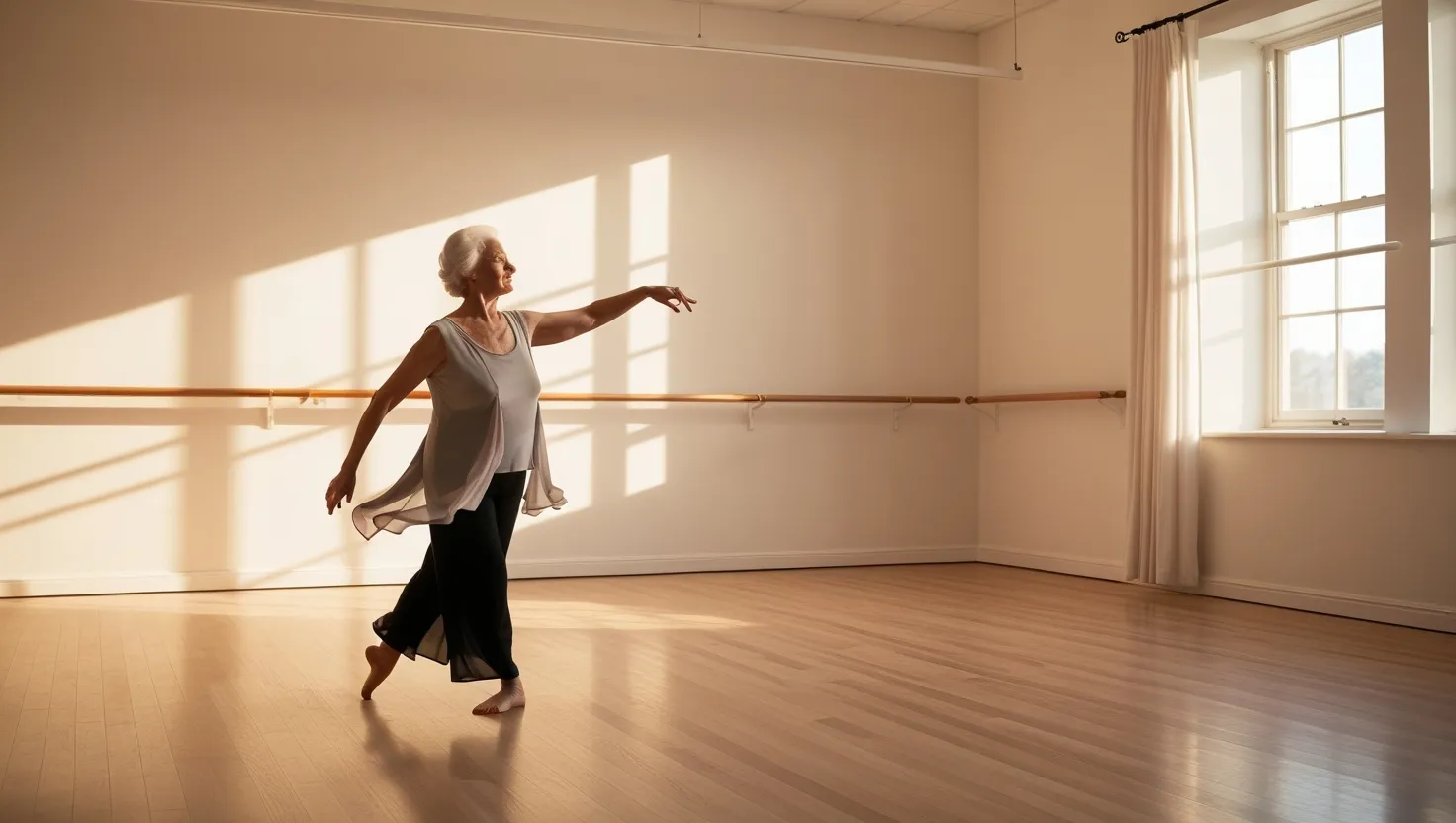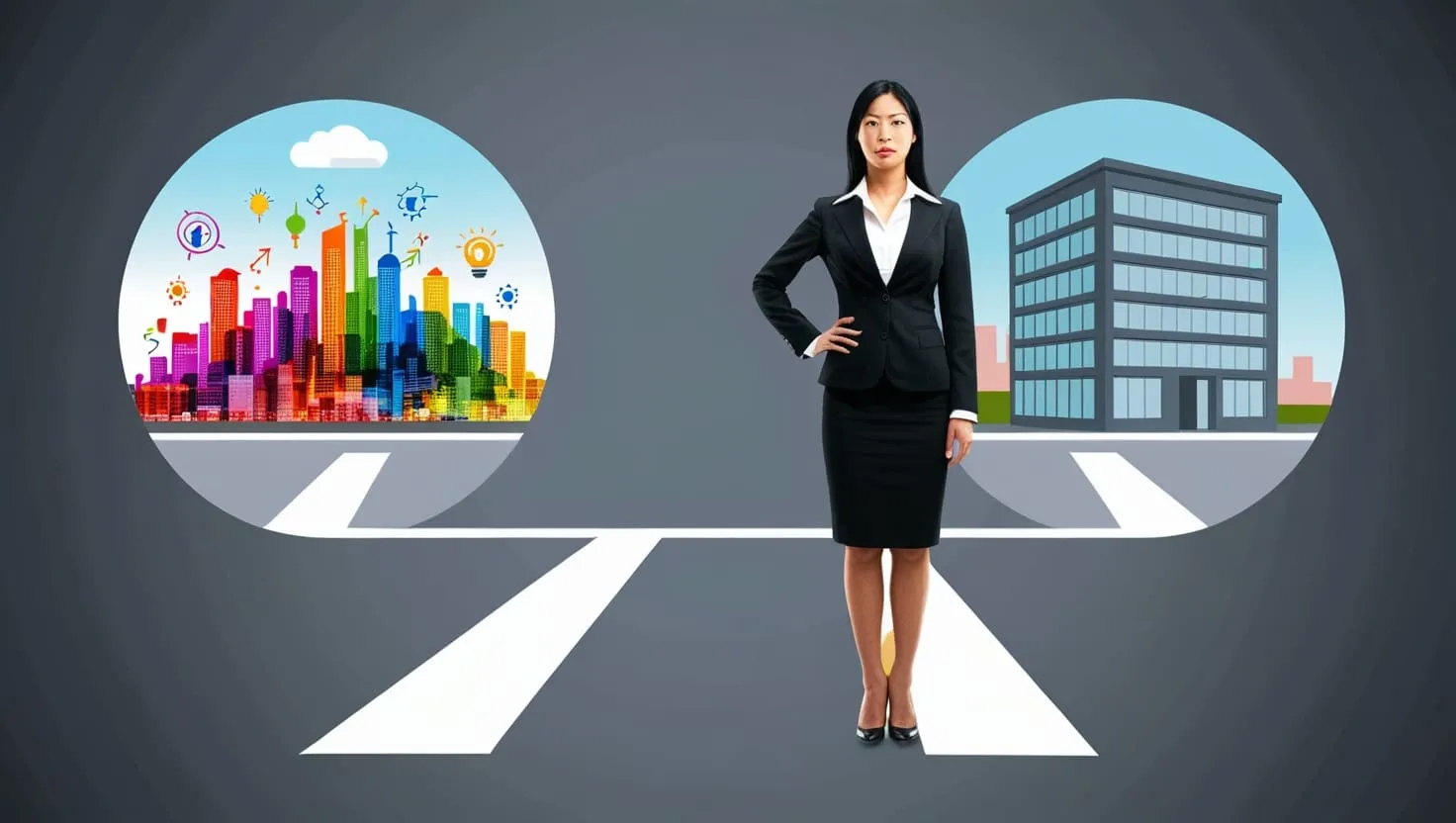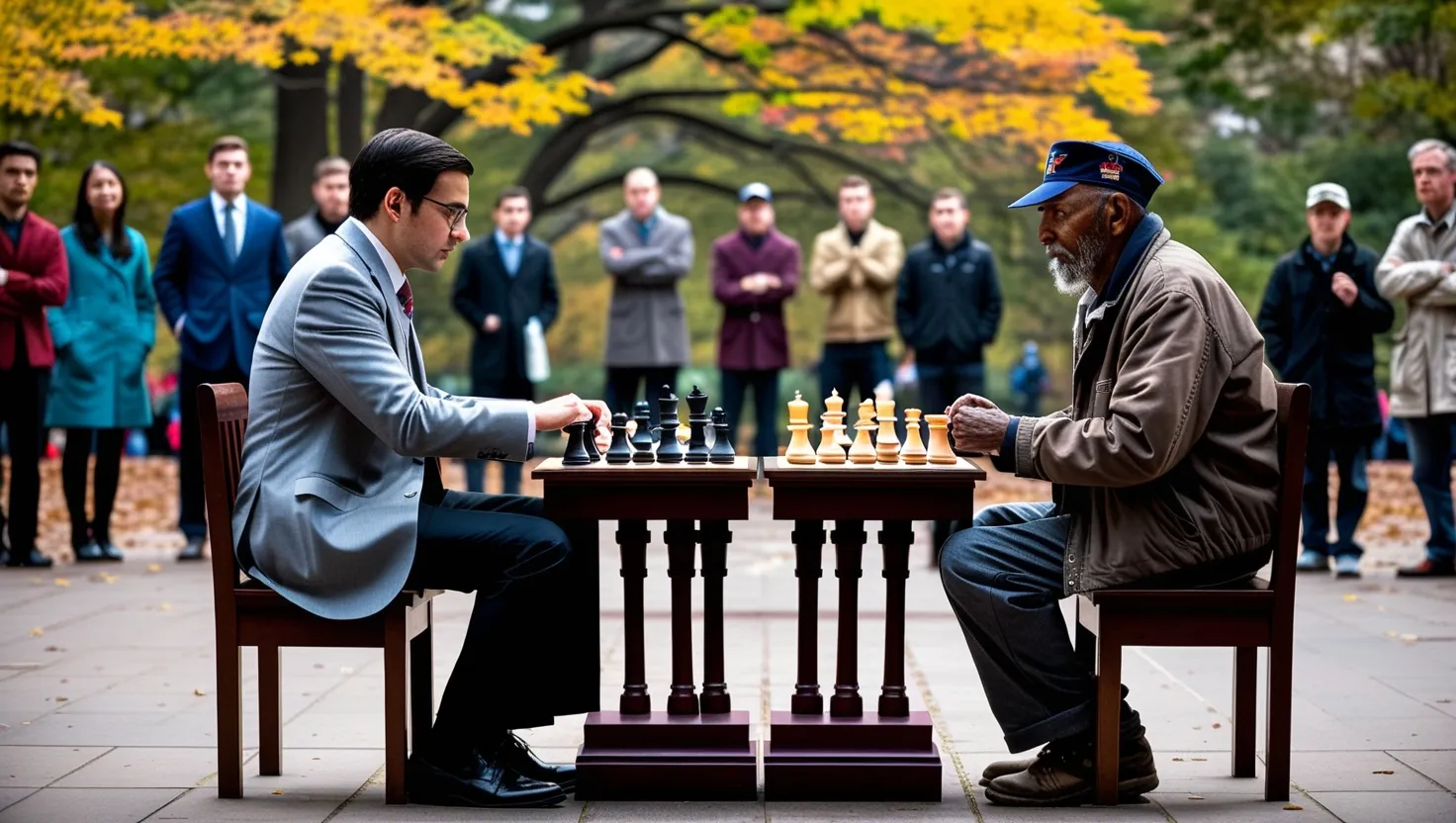Maria’s fingers trembled as she adjusted her laptop screen, a familiar symptom of her Parkinson’s disease. But today, those tremors couldn’t dampen her excitement. After months of planning, she was about to launch her virtual dance therapy program, a project born from her lifelong passion for dance and her personal journey with Parkinson’s.
As a retired dance teacher, Maria had always found solace in movement. When she was diagnosed with Parkinson’s five years ago, she discovered that dance not only brought her joy but also helped manage her symptoms. Now, she wanted to share that healing power with others facing similar challenges.
“Dance is not just about the steps,” Maria often said. “It’s about expressing yourself, connecting with others, and finding freedom in your body, even when it seems to work against you.”
Her virtual program aimed to bring that freedom to people with Parkinson’s who might struggle to attend in-person classes. But as she prepared for her first online session, Maria realized she had embarked on more than just a dance journey. She was diving into the world of digital entrepreneurship, complete with its own set of challenges.
The first hurdle was setting up a payment system. Maria had never dealt with online transactions before, and the array of options seemed overwhelming. Should she use PayPal? Stripe? What about cryptocurrency? She spent hours researching, watching tutorials, and even calling her tech-savvy nephew for advice.
“Who knew I’d be learning about digital wallets at my age?” Maria chuckled to herself as she finally settled on a user-friendly platform that could handle subscriptions and one-time payments.
But with the payment system in place came a new dilemma: how much should she charge? Maria wanted her classes to be accessible, remembering the financial strain her own treatments had caused. Yet, she also needed to cover her costs and value her expertise.
After much deliberation, she decided on a tiered system: a low-cost basic subscription, a mid-range option with additional resources, and a premium package that included one-on-one virtual sessions. She also set aside a few free spots for those who couldn’t afford the fees, determined that financial constraints shouldn’t prevent anyone from experiencing the benefits of dance.
As Maria worked through these logistical challenges, she found herself growing in ways she hadn’t anticipated. She was not just a dance teacher anymore; she was becoming a digital entrepreneur, a marketer, and a community builder.
She created social media accounts, learning the art of hashtags and engagement. She joined online forums for people with Parkinson’s, sharing her story and the science behind dance therapy. Each new skill she acquired felt like a small victory against the disease that had tried to limit her.
“Have you ever felt that learning something new made you feel more alive?” Maria asked her first group of online students. Their nodding faces on the screen affirmed what she already knew – that growth and connection were powerful medicines.
As the program grew, so did the technical challenges. Maria invested in better equipment – a high-quality camera, a microphone that could pick up her voice clearly even on days when Parkinson’s affected her speech, and lighting that would make her movements easy to follow.
She learned about video editing, adding closed captions to her recorded classes to make them more accessible. She even explored virtual reality options, dreaming of a future where her students could feel like they were dancing together in the same room, despite being continents apart.
But perhaps the most profound lesson came from an unexpected source – her students. As Maria guided them through gentle movements set to uplifting music, she saw more than just physical improvements. She witnessed transformations.
There was John, a former marathon runner who had felt betrayed by his body after his Parkinson’s diagnosis. In one session, as he swayed to a slow waltz, a smile broke across his face – the first his wife had seen in months.
Then there was Amelia, who had given up painting due to hand tremors. After weeks of dance classes, she found she could hold a brush steady enough to return to her art, infusing her canvases with the rhythms she’d learned.
“What small victory have you celebrated this week?” became a regular question in Maria’s classes, prompting shares that ranged from “I buttoned my shirt without help” to “I danced with my granddaughter at her wedding.”
These stories fueled Maria, pushing her to expand her program despite the occasional tech glitch or day when her symptoms flared up. She began collaborating with physical therapists to refine her techniques, and with musicians to create custom pieces that addressed specific movement challenges faced by people with Parkinson’s.
As her online community grew, Maria faced a new challenge – scale. How could she maintain the personal touch that made her classes special while reaching more people? She experimented with training other instructors, carefully selecting dancers who not only had technical skill but also the empathy and patience required for this unique form of teaching.
“Remember,” she told her new team, “we’re not just teaching dance. We’re offering hope, one step at a time.”
With a growing team came new financial considerations. Maria had to learn about payroll systems, tax implications, and the complexities of running a larger operation. She sometimes longed for the simplicity of her old dance studio, but then she’d receive a message from a student in a remote village, thanking her for bringing dance into their life, and she knew she was on the right path.
As the months passed, Maria’s virtual dance therapy program became more than just classes. It evolved into a vibrant community where people shared their struggles and victories, supported each other, and found joy in movement. Maria introduced forums where students could connect between classes, share their progress, and offer encouragement.
She also began to advocate for greater recognition of dance therapy in Parkinson’s treatment. She collaborated with researchers to gather data on the program’s impact, hoping to contribute to the growing body of evidence supporting alternative therapies for neurodegenerative diseases.
“How has dance changed your relationship with your body?” Maria asked her students during one session. The responses were powerful – tales of rediscovered confidence, of feeling graceful despite physical limitations, of finding a new language to express what words couldn’t capture.
As her second year of running the program approached, Maria reflected on her journey. She had started with a simple idea – to share the healing power of dance – and ended up creating a global community. She had faced technological hurdles, financial decisions, and the daily challenges of her own condition. But through it all, she had kept moving, kept learning, kept dancing.
Maria’s story is a testament to the power of passion, resilience, and the human spirit’s capacity for reinvention. It reminds us that our challenges can become our greatest teachers, leading us to unexpected paths of growth and connection.
In the words of Martha Graham, which Maria often quoted to her students: “Dance is the hidden language of the soul.” Through her virtual dance therapy program, Maria had not only found a new way to speak that language but had also created a space where others could discover their own voices, moving to the rhythm of hope and possibility.






